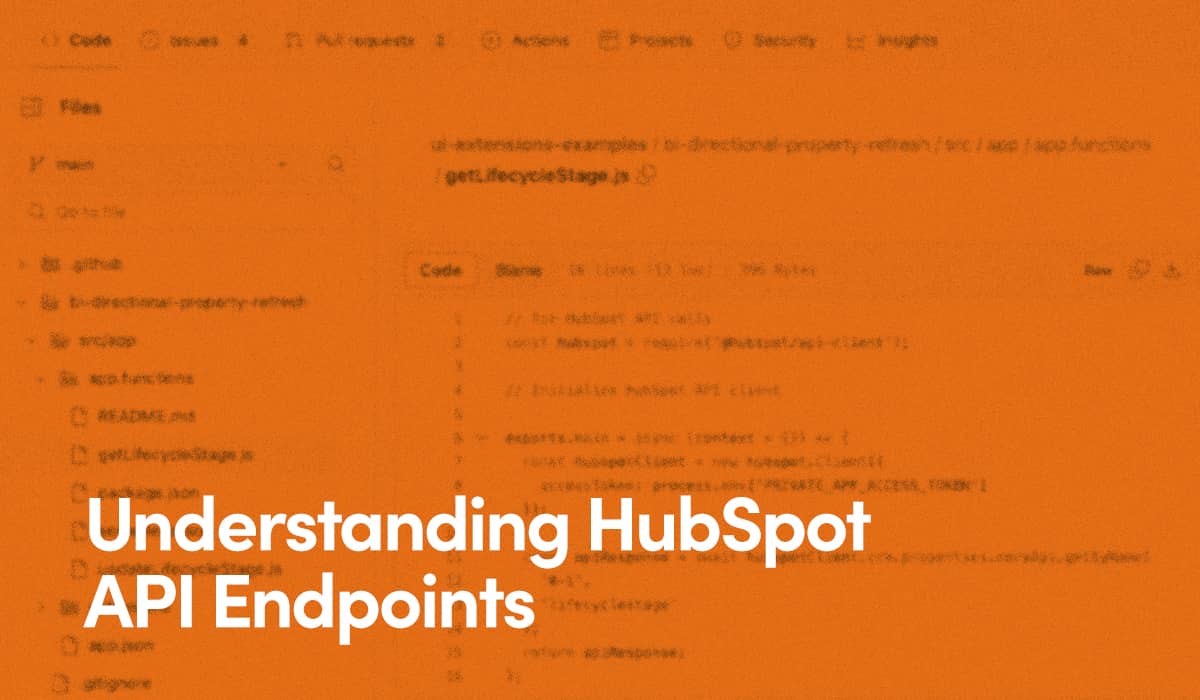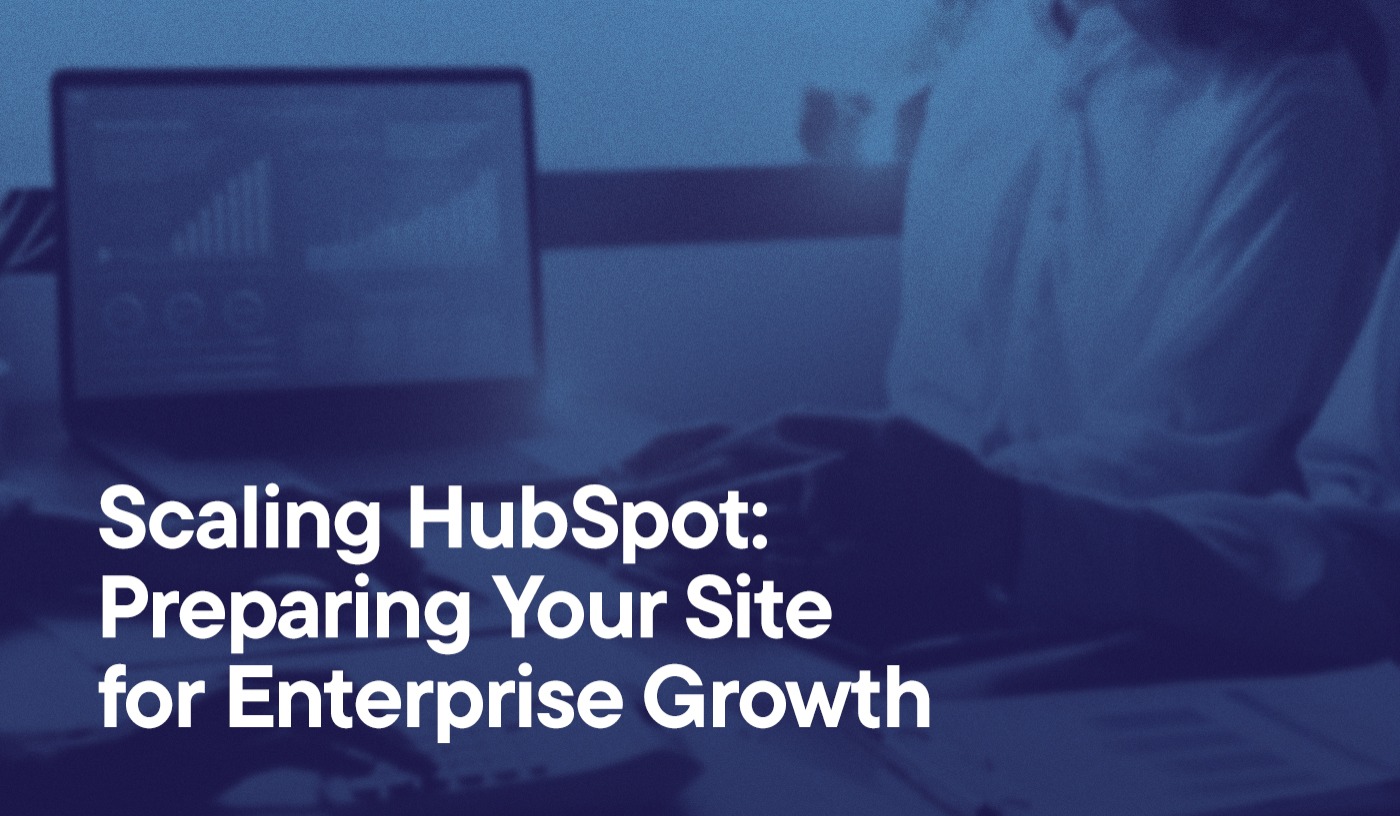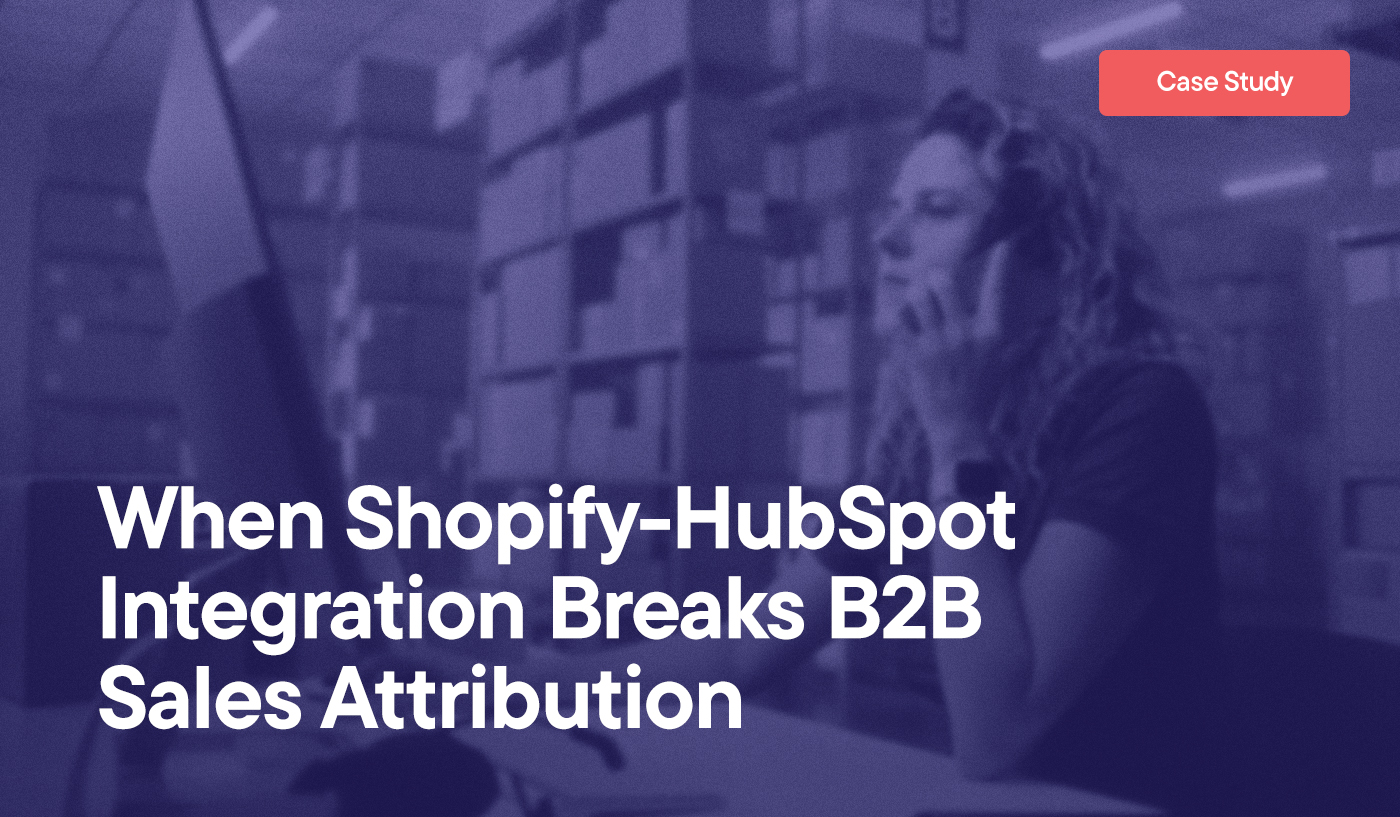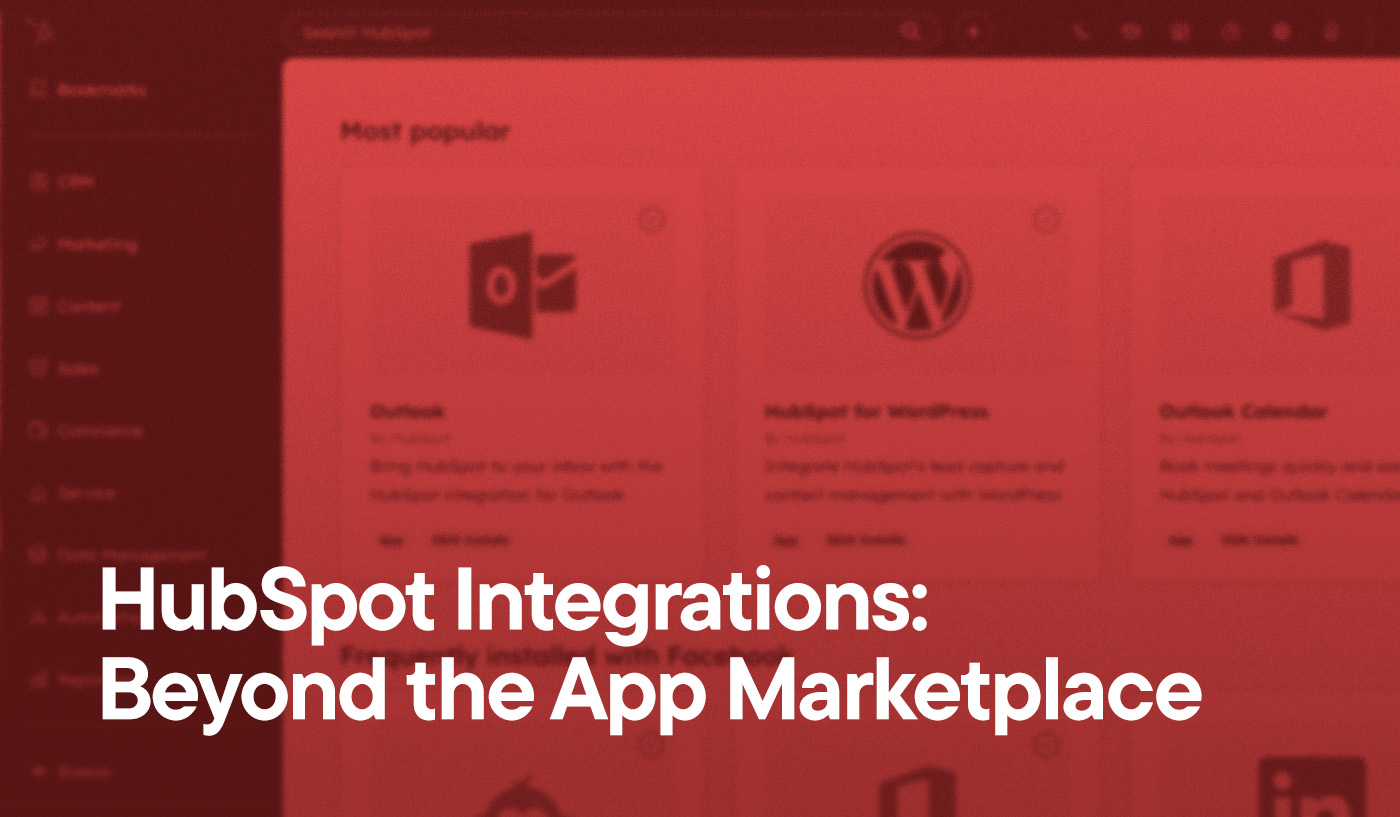Organizations today rely heavily on seamless integrations and efficient data management to stay competitive.
HubSpot, a leading CRM and marketing automation platform, offers a robust API (Application Programming Interface) that empowers developers to extend its functionality, integrate with other tools, and automate complex workflows.
Understanding HubSpot API endpoints is essential for getting the most out of the platform and creating tailored solutions that make sense for your organization.
Overview of the HubSpot API
The HubSpot API facilitates seamless interactions between HubSpot’s powerful suite of marketing, sales, and CRM tools and other applications or custom integrations. With an extensive range of endpoints, you can automate tasks, synchronize data, and extend the platform’s capabilities to meet unique business needs.
Key features include integrating HubSpot with other tools and services in your tech stack, creating tailored solutions, and keeping data consistent across multiple systems and platforms.
HubSpot API Endpoints
The HubSpot API allows you to perform CRUD (Create, Read, Update, Delete) operations on various objects within the platform. When working with data:
HubSpot’s API is divided into several categories, each focusing on different aspects of the platform:
-
CRM API: Manage contacts, companies, deals, and tickets.
-
Marketing API: Control events, forms, emails, campaigns, blogs, and pages.
-
Sales API: Handle calling, engagements, meetings, and pipelines.
-
CMS API: Manage blogs, authors, tags, domains, and files.
-
Automation API: Create and modify workflows.
-
Conversations API: Interact with messages and threads.
-
Reports API: Access analytics and trends.
-
Integration API: Manage OAuth and webhooks.
Authentication
Authentication with the HubSpot API involves a series of steps to ensure secure and authorized access to HubSpot’s resources. The process is primarily facilitated through OAuth 2.0, a widely adopted protocol for authorization.
To obtain API credentials:
-
Create a developer account or set up a private app in your HubSpot account.
-
Create a Private App with the necessary scopes and permissions for your integration.
-
Generate the required access tokens or OAuth credentials.
Be sure to carefully select the scopes (permissions) your app needs, as these define which parts of the HubSpot account your app can access. Additionally, always protect your access tokens—which are used to establish and refresh OAuth authentication—and never expose them in your frontend code. Ensure the use of secure server-side processes to handle sensitive operations, maintaining the security and integrity of your app and user data.
Connect Multiple Platforms Seamlessly
Is a HubSpot Integration Right for Your Business?
Explore Custom Integration Solutions arrow_forwardHubSpot API Optimizations
Batch Operations
Batch operations in the HubSpot API allow handling multiple records in a single API call, making data interactions more efficient. Unlike single operations that process one record per request, batch operations group several actions together, reducing the number of API calls and conserving rate limits. This enhances efficiency, especially for large data volumes, by performing multiple create, update, or delete actions in one request. While more complex to implement, requiring careful construction of request payloads and robust error handling, batch operations are ideal for tasks like updating multiple contact records at once, saving time and optimizing API usage.
Webhooks
Webhooks in HubSpot are created and managed through Private Apps, offering a secure and efficient way to integrate with external systems. Webhooks enable real-time data transfer by triggering HTTP requests to specified URLs when certain events occur, such as contact property changes or form submissions. Along with providing immediate updates and actions and enhancing the responsiveness of integrated applications, this ensures enhanced security with OAuth tokens, granular permissions, and centralized management. It also helps streamline the setup and maintenance of Webhooks, making it easier for developers to automate workflows and synchronize data across platforms efficiently.
Rate Limit
HubSpot imposes rate limits to ensure fair use and stability of its API. For most API endpoints, the public API rate limit is 100 requests per 10 seconds per app and user. The same limit applies to authenticated APIs using OAuth integrations, as well as for private apps. The search API has a separate rate limit of 10 requests per second, while batch endpoints allow up to 10 requests per second.
HubSpot API Integration Examples
Understanding how the HubSpot API can be applied in real-world scenarios helps illustrate its potential and provides practical examples of its usage.
Here are a few use cases that demonstrate the power and flexibility of the HubSpot API:
Automating Lead Management
A marketing team can automate the creation and updating of contact records using the HubSpot CRM API. When a lead submits a form on a landing page, a webhook triggers an API call to create or update a contact. The Marketing API assigns leads to specific workflows for timely follow-ups.
Custom Reporting Dashboard
A sales manager can use the Reports API to extract analytics data and combine it with data from other sales tools. This leads to the creation of a custom dashboard, providing a unified view of the sales pipeline and performance metrics.
E-commerce Integration
An online retailer can sync its e-commerce platform with HubSpot using the E-commerce Bridge API. This tracks customer interactions and personalizes marketing efforts by segmenting customers based on purchase history and behavior.
Event Registration and Follow-Up
A company hosting webinars can manage registrations using the Forms API. Post-event, the CRM API updates contact records with attendance data, and the Workflows API automates follow-up emails and nurturing sequences.
Customer Support Ticketing System
A business can integrate its customer support ticketing system with HubSpot using the Tickets API, allowing support teams to view and manage tickets within the CRM. The Conversations API manages customer interactions across various channels, ensuring all communications are logged and accessible.
Resources and Support
For additional insights and assistance:
-
Consult the official HubSpot API documentation.
-
Join HubSpot’s developer community forums and Slack channel.
-
Explore HubSpot Academy for additional learning resources.
-
Stay updated with the latest changes by subscribing to the HubSpot developer changelog.
The HubSpot API offers powerful capabilities for connecting, extending and customizing the platform to meet your business needs. By understanding its endpoints, authentication methods, and best practices, you can create robust integrations and automate complex workflows. Whether you’re building a custom app or integrating HubSpot with your existing tech stack, mastering the HubSpot API will enable you to unlock the full potential of your marketing, sales, and CRM efforts.




